18 November 2024 | by Kirsten Dargy, Marketing Manager, LTi Technology Solutions
The UK asset finance industry has faced significant challenges over recent years. Economic turbulence and rising operational costs continue to put considerable strain on asset finance firms, with financial pressures spanning from economic challenges in asset finance to heightened compliance requirements and rising technology costs. While inflation may be showing signs of easing and potential interest rate cuts are anticipated, firms remain cautious as these cost pressures and uncertainties persist.
Rising Operational Costs: Technology, Compliance, and Staffing
A major source of financial pressures in the UK asset finance industry is the increased need for investment in asset finance technology solutions. As the sector undergoes a digital transformation, firms must adopt advanced technologies, such as artificial intelligence (AI), machine learning, and data analytics, to maintain a competitive edge. These tools can significantly enhance efficiency and customer experience, yet their implementation and maintenance present substantial costs, especially for smaller asset finance and SMEs that lack the financial resources of larger companies.
Additionally, the focus on asset finance compliance requirements continues to grow. New regulatory standards are prompting firms to invest in sophisticated systems to ensure compliance. The need for accurate regulatory reporting and efficient audit trails means compliance spending has become essential yet costly, further squeezing margins across the industry.
Another escalating concern is staffing. As firms look to attract specialists in technology and compliance, they face rising recruitment and retention costs. In particular, the demand for talent with expertise in financial technology and regulatory compliance drives up wages, further adding to operational expenses in asset leasing and loans.
Economic Uncertainty and Geopolitical Risks
While some economic indicators are improving, the overall landscape remains uncertain. Geopolitical factors—from Brexit to ongoing global trade tensions—continue to shape a complex environment for the asset finance industry. For companies in asset finance, this uncertainty translates to cautious decision-making and restrained investment.
For asset finance and SMEs, which are a key segment for asset finance firms, economic volatility presents additional obstacles. These businesses often rely on external financing to support their operations, and a turbulent economic climate makes it harder to secure favorable loan terms. SMEs also remain more vulnerable to changes in interest rates, inflation, and supply chain disruptions, which limits their capacity to invest in business growth and new assets.
Rising Insolvency Rates and Client Defaults
The economic climate is also contributing to rising Insolvency rates among smaller businesses within the asset finance sector. As many SMEs struggle to keep up, insolvency rates continue to rise, increasing the risk of client defaults. For asset finance companies and independent brokers who often work with higher-risk clients, rising defaults can lead to mounting levels of bad debt, which impacts liquidity and profitability.
As a result, lenders are becoming more cautious, conducting stricter risk assessments and adjusting loan terms. This cautious approach, while necessary for risk management in asset finance, can limit access to essential financing for businesses that need it most. The outcome is a cyclical effect where SMEs struggling to obtain financing face higher risks of insolvency.
Strategies for Navigating Economic Challenges and Cost Pressures
To navigate the ongoing economic challenges in asset finance and the pressure of rising costs, asset finance firms can adopt a multi-pronged approach:
-
- Leverage Technology Efficiently: While investments in financial technology for asset finance are essential, firms should prioritize scalable, cloud-based solutions that offer a high ROI. Technologies like AI, automation, and data analytics can streamline operations, improve risk management, and lower long term costs.
- Optimize Compliance Spending: With compliance requirements on the rise, firms can benefit from integrated software solutions that automate regulatory reporting. Such tools help ensure compliance while reducing the need for extensive human resources dedicated to compliance tasks.
- Strengthen Risk Mitigation Strategies: Given the increase in client defaults and insolvencies, firms should prioritize effective risk management for asset finance. Predictive analytics and diversified portfolios can help spread risk, while tailored solutions for different client segments enhance resilience.
- Invest Strategically in Talent: Rather than outspending competitors to attract new hires, firms can upskill current employees and explore outsourced services. Building internal expertise supports growth without incurring substantial recruitment expenses.
Navigating Forward with LTi Technology Solutions
Partner with LTi Technology Solutions to discover technology solutions to support your unique business strategy and equip your firm with the tools and expertise to handle these challenges. Our ASPIRE platform’s scalable, cloud-based architecture enables firms to stay at the forefront of asset finance and digital transformation while maintaining operational efficiency.
ASPIRE also integrates seamlessly with advanced AI tools, offering businesses the flexibility to leverage technologies like machine learning and predictive analytics, allowing firms to adopt the latest innovations while keeping control over technology costs.
With over 35 years of industry experience, LTi provides configurable solutions that support each client’s unique needs. By empowering clients to optimize workflows, enhance risk management, and achieve sustainable growth, ASPIRE delivers a strong foundation in today’s dynamic market.
Connect With LTi Now
Ready to see how LTi can support your firm’s transformation? Connect with Us or Read more in our Digital Transformation Blog for additional insights on building resilience in the evolving asset finance landscape.


